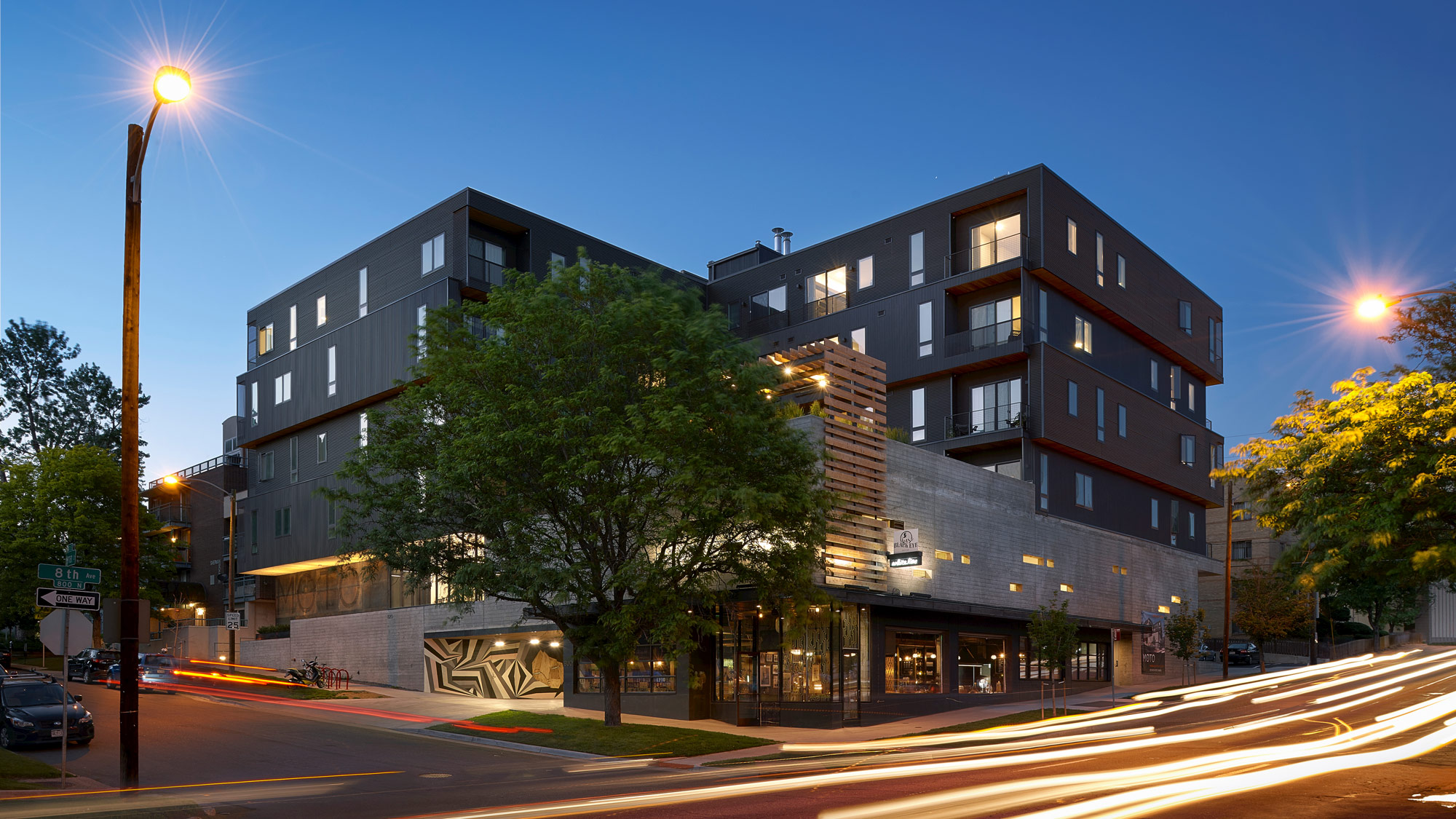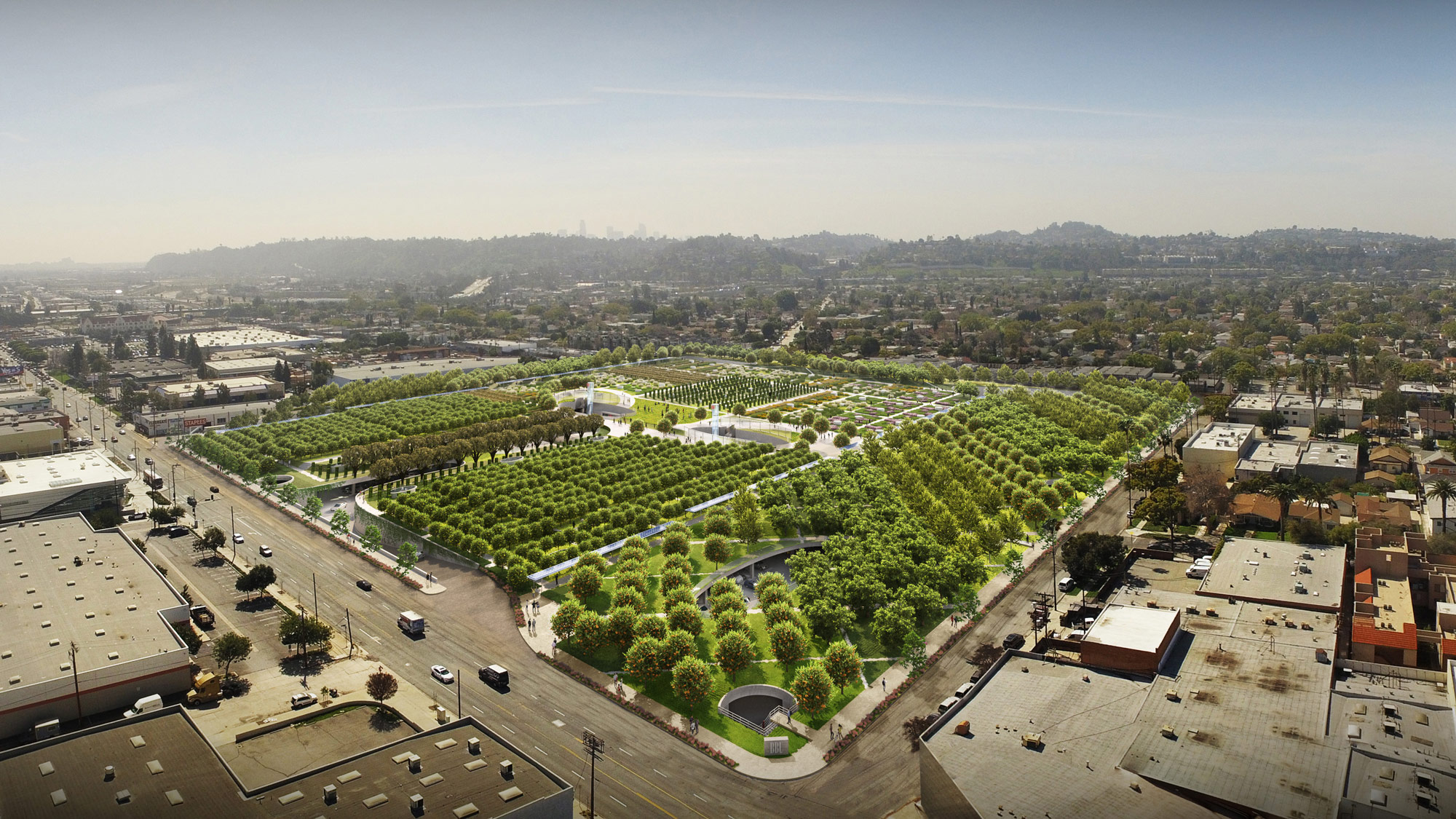Fighting Climate Injustice: 10 Strategies for Action
November 03, 2021 | By Anthony Brower
Editor’s Note: This article was originally published in January 2021 as part of a handout from the American Institute of Architects (AIA) Large Firm Round Table Sustainability Committee. It has been edited and been adapted to fit our format here.
Gensler and the American Institute of Architects are both committed to an ambitious agenda in the fight against climate change. Climate justice refines that approach to embrace the complexities at the intersection of the built environment’s development, the effects of climate change, and the adjacent human rights issues — all to ensure that no one community is unfairly impacted by the burden of climate change.
Understanding Climate Justice
The complexity of issues tied to climate injustice is something we must recognize and confront. As designers, we face complex issues daily and find creative ways to address them. Those same skills should be applied to climate justice issues. Chief among them is how design influences the inequitable distribution of carbon emissions, thus creating unjust environments hundreds of thousands of miles away from projects. Other critical issues include:
- Air quality, which is often unhealthy next to construction sites, particularly in the summer, when ozone levels are higher because of increased equipment emissions
- Heat vulnerability, which is increased in formerly redlined neighborhoods, compared to adjacent areas, because of lesser investments in tree canopy.
- Toxic emissions from coal-fired power plants and incinerators release mercury, arsenic, lead, and other contaminants into the water, food, and lungs of fence-line communities.
- Limited availability of affordable nutritious food, which is exacerbated by drought, flooding, and other climate-related impacts on agriculture.
Why This Matters
We have a responsibility to serve as catalysts for equitable change in the industry. We can combat the inequitable distribution of air pollution with design choices that focus on reducing embodied and operational carbon emissions. Likewise, we can improve extreme heat conditions in vulnerable communities through materials selection and other design considerations. As an extension of Architecture 2030, bringing this social lens to our design process for all projects, not just those that request it, will lead to a better, cleaner, more equitable environment for all.
The Risk of Inaction
We must actively acknowledge Diversity, Equity, and Inclusion (DEI) and Social Justice imperatives within our design work. These issues are an integral part of design accountability. Similarly, increased climate impacts have already changed the way we design and deliver projects by degrading supply chains and impacting project timelines.
Taking Action
We’ve identified 10 strategies designers and architects can use to combat climate injustice in every project, broken down into three areas: design interventions, design advocacy, and design values. Design interventions incorporate specific strategies that reduce air, water, and soil pollution or mitigate heat vulnerability, and reduce carbon emissions caused by our work. Design advocacy supports the evolution of building codes that make justice a factor and address community health. And design values update or establish guiding principles that prioritize climate justice.
Design Interventions
1. Impact Our CommunitiesInclude a community impact analysis on every design project to reflect local values and ensure design solutions do not create injustices within or to neighboring communities.
2. Take Community ActionEmbrace nature-based solutions to reduce the climate risks and vulnerabilities facing communities. For example, prioritize community tree cover and site vegetation to eliminate the uneven distribution of heat vulnerability and flood risk.

Engage local expertise and supply chains to reduce the climate impacts of consultant and material transportation.
4. Commit to Common GoalsAt a minimum, organize around compliance with the AIA 2030 Commitment and the AIA Materials Pledge.
5. Embrace PrefabricationMitigate localized air pollution from construction operations by moving selected activities to off-site fabrication in controlled environments.

Design Advocacy
6. Advocate to the Commercial SectorEncourage large projects to address the most critical vulnerabilities in direct and adjacent communities. For example, incorporating urban farming centers near underserved communities can provide healthy food options and create jobs.

Empower staff to partner with government agencies so that state building codes accelerate environmentally responsible solutions. For example, advocating for electric buildings can eliminate our reliance on more carbon intensive energy sources.
8. Engage PartnersLean on support networks such as MasterSpec and other base specification vendors to identify appropriate climate justice content in boilerplate technical divisions.
Design Values
9. Establish Guiding PrinciplesInclude climate justice as part of your corporate charter to address diversity in the design profession, and the work we do for society betterment.
10. Align Global & Act LocalAlign or include UN Sustainable Development Goals in firm strategic plans and pledge to target operational carbon neutrality for all design work and office space.
As design professionals, we need to go beyond the limits of project scope to create a state of climate justice for all, and lead the charge towards the AIA’s goal of “a built environment that equitably supports human health and well-being.”
For media inquiries, email .

